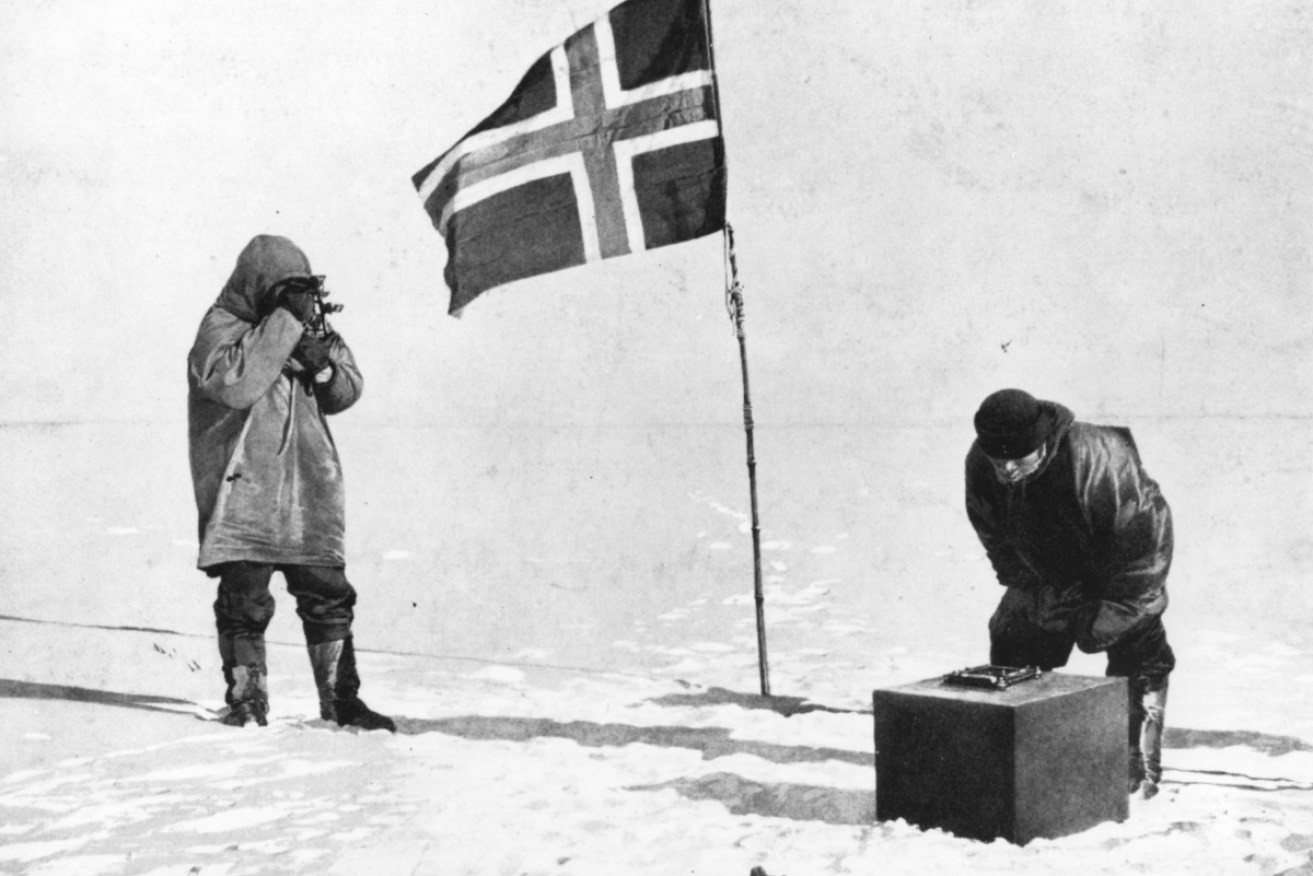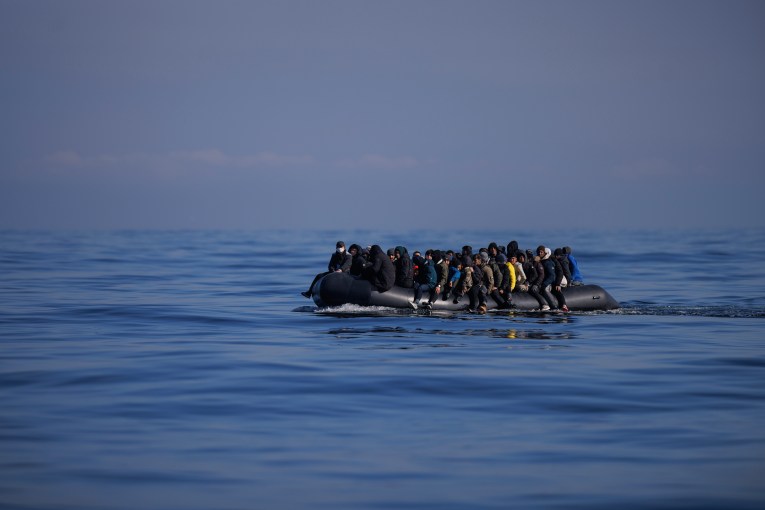On This Day: Explorers reach the South Pole for the first time in history


Norwegian explorer Captain Roald Amundsen at the South Pole, beside the Norwegian flag. Photo: Getty
The temperature was below freezing and none of the explorers knew if they would make it out alive.
Yet they kept trudging through the snow, one foot in front of the other, leaving behind the first human footprints on the southernmost point of the Earth.
Up until December 14, 1911, no one had been to the South Pole before.
That changed when an expedition, led by Norwegian explorer Roald Amundsen, became the first people to reach the South Pole in Antarctica.

Roald Amundsen, aged about 30. Photo: Getty
At 15 years old, he became enthralled by the narratives of Sir John Franklin, a British explorer who two expeditions into the Canadian Arctic.
“I read them with a fervid fascination, which has shaped the whole course of my life,” Amundsen wrote.
After several north polar expeditions, Amundsen and his crew left Oslo for the south on June 3, 1910.
Nearly six months later, the expedition arrived at the eastern edge of the Ross Ice Shelf (then known as the Great Ice Barrier), at a large inlet called the Bay of Whales.
Amundsen established his base camp there, calling it Framheim.

During the Norwegian South Pole, Roald Amundsen’s caravan is stuck on the edge of a deep crevasse, which is to be crossed on a dubious-looking snow bridge. Photo: Getty
Using skis and dog sleds for transportation, Amundsen and his men created supply depots on the Barrier, along a line directly south to the Pole.
After one failed attempt, abandoned due to extreme temperatures, several group members departed base camp again with four sledges and 52 dogs on October 19.
Nearly two months later, the team and 16 dogs finally arrived at the pole on December 14, one month before British captain Sir Robert Falcon Scott.

After an eventful journey, members of Captain Scott’s party discover the tent of Roald Amundsen at the South Pole. Photo: Getty
Amundsen named their South Pole camp Polheim, and renamed the Antarctic Plateau as King Haakon VII’s Plateau.
They left a small tent and letter stating their accomplishment, in case they did not return safely to their base camp, Framheim.
Luckily, the whole team of explorers survived, though many dogs died along the way.

Norwegian Explorer Roald Amundsen at the South Pole. Photo: Getty
On the way home in Hobart, Australia, Amundsen publicly announced his world-first expedition to the South Pole.
The team’s success boiled down to solid preparation, good quality equipment, warm clothing and an understanding of dogs and how to use skis effectively.

Explorer Roald Amundsen wearing a fur jacket during a visit to Virginia. Photo: Getty








